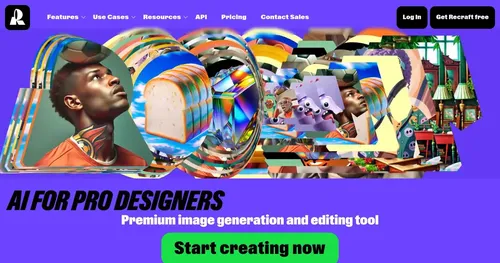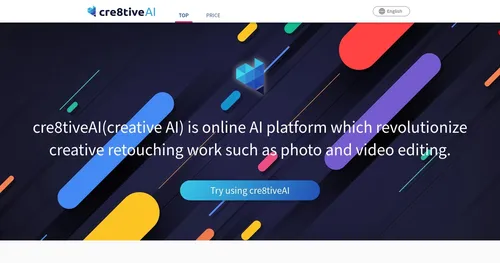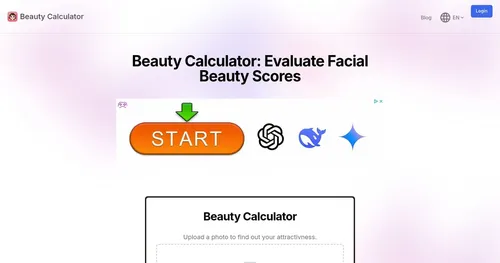PhotoTag.ai
PhotoTag.ai is an AI-driven platform that automatically generates keywords, titles, and descriptions for photos and videos to streamline media organization. It processes uploads in batches, using computer vision and neural networks to analyze visual elements such as objects, scenes, colors, and moods. The tool supports both images and video footage, including timestamped tagging for clips. Outputs export as CSV files compatible with platforms like Lightroom, Shutterstock, and e-commerce sites.
Multilingual generation covers over 15 languages, enhancing global usability. Key features include one-click processing, API integration for developers, and a Lightroom Classic plugin for direct workflow embedding. Accuracy reaches about 90 percent in standard benchmarks, based on tests with diverse image sets. The free tier allows limited uploads for testing, while paid plans offer higher volumes and advanced options like custom prompts.
Compared to competitors, PhotoTag.ai provides broader video support than ImageTitle, which focuses mainly on static images, and more affordable scaling than SortPhotos, known for facial recognition but higher entry costs. Users report time savings of up to 80 percent on metadata tasks.
Potential drawbacks include occasional generic tags requiring manual edits and slower processing for files over five minutes. The API enables programmatic access, processing up to thousands of assets hourly. Integration with stock agencies boosts SEO through precise, relevant keywords.
For e-commerce, it enhances product image discoverability. Non-profits use it for archiving historical visuals. Travel content creators categorize journeys efficiently. The platform updates regularly, with recent additions like increased upload limits for paid users. Technical backend relies on models trained on millions of labeled images for robust recognition. Export options include XMP, IPTC, and EXIF metadata embedding. User base exceeds 2,500 registered accounts across 150 countries.
To optimize use, start with small batches to refine AI outputs and build custom keyword libraries. Combine with digital asset management tools for comprehensive libraries.
What are the key features? ⭐
- AI Keyword Generation: Instantly creates relevant tags based on image content analysis.
- Batch Processing: Handles multiple photos and videos simultaneously for efficient workflows.
- Multilingual Support: Generates metadata in over 15 languages for global audiences.
- CSV Export: Outputs compatible files for easy import into Lightroom and stock platforms.
- API Integration: Allows developers to embed tagging into custom applications.
Who is it for? 🤔
Examples of what you can use it for 💭
- Stock Photographer: Uploads batches of images to generate SEO-optimized keywords for faster sales on platforms like Shutterstock.
- E-commerce Seller: Tags product photos with descriptive titles and details to improve search visibility and conversion rates.
- Wedding Photographer: Organizes event galleries by auto-generating mood-based descriptions and scene tags for client albums.
- Travel Blogger: Processes video clips with timestamped keywords in multiple languages for global blog posts.
- Non-profit Archivist: Categorizes historical photos with relevant metadata for easy retrieval and storytelling exhibits.
Pros & Cons ⚖️
- Fast batch tagging
- Multilingual outputs
- Easy CSV exports
- Affordable plans
- Occasional generic tags
- Slower on long videos
FAQs 💬
Related tools ↙️
-
 Recraft
A premium AI-powered image generation and editing tool made for designers
Recraft
A premium AI-powered image generation and editing tool made for designers
-
RoboNeo Generates images, edits photos, and creates videos via natural language prompts
-
Artguru Transforms text or photos into unique AI-generated artwork in seconds
-
 cre8tiveAI
Set of AI tools for image and video editing and processing
cre8tiveAI
Set of AI tools for image and video editing and processing
-
exactly.ai Trains AI models on personal artwork to produce consistent, brand-specific visuals
-
 Beauty Calculator
An AI tool offering a unique experience in digital self-assessment
Beauty Calculator
An AI tool offering a unique experience in digital self-assessment

